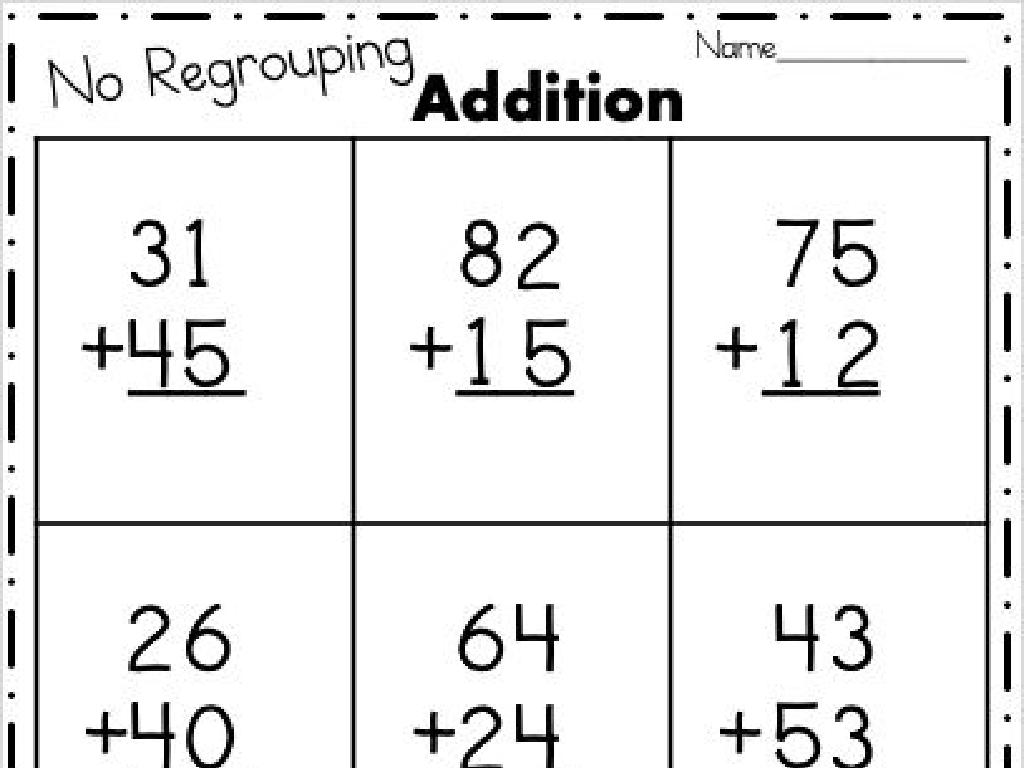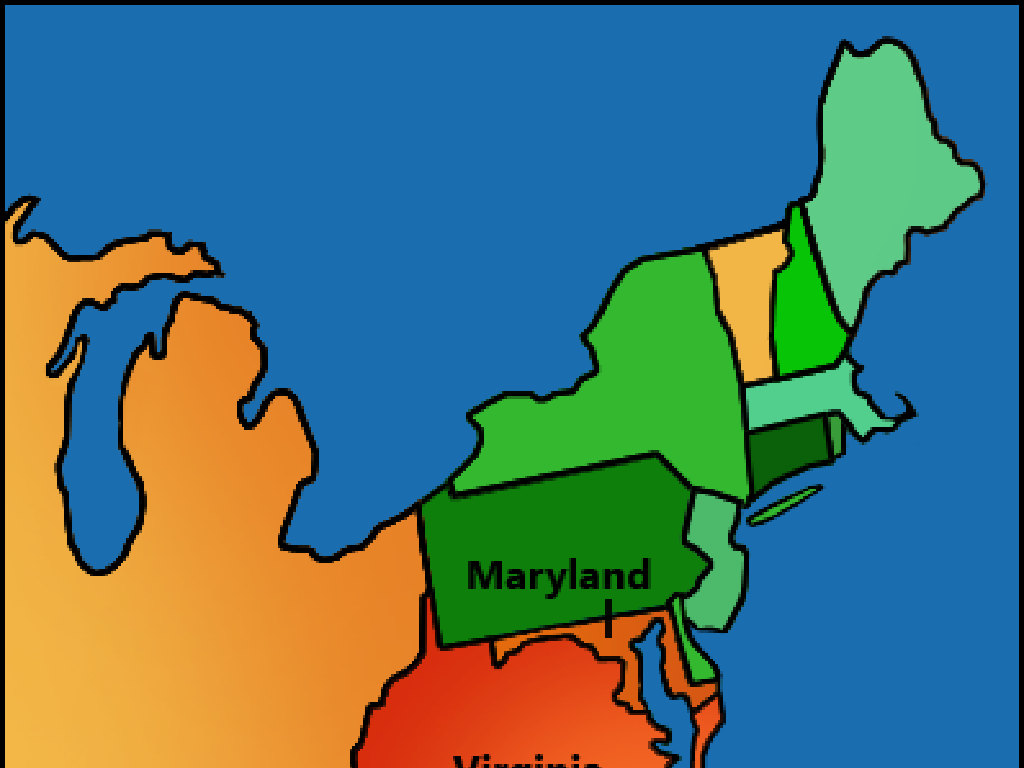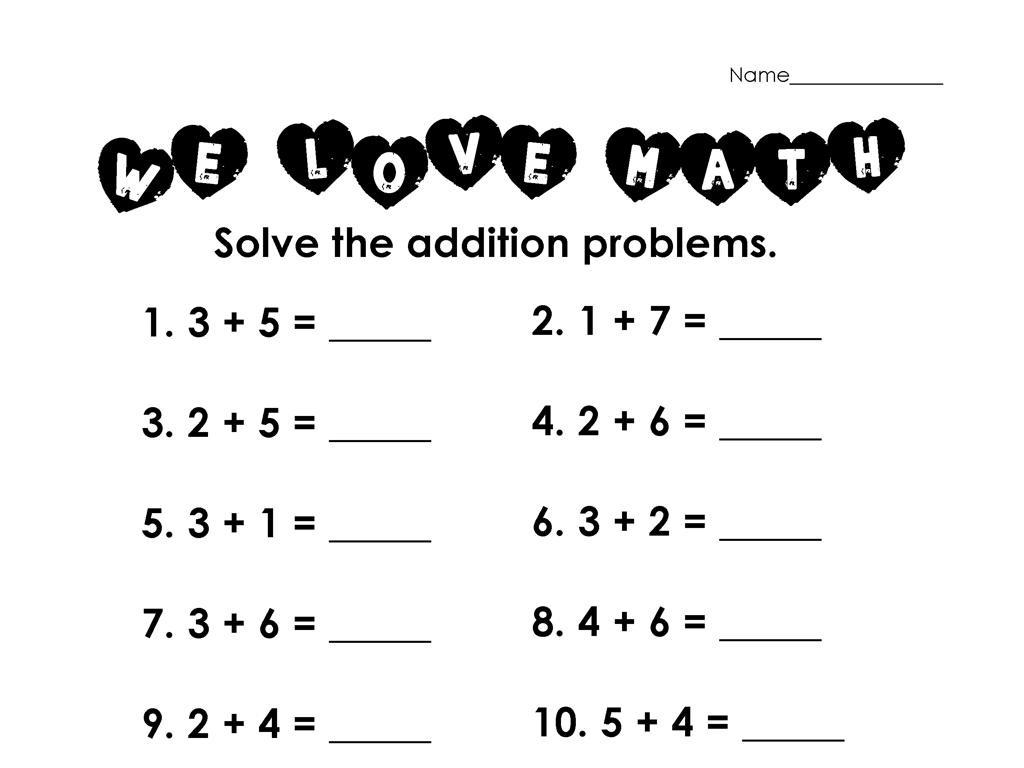Combine Sentences: Subjects And Predicates
Subject: Language arts
Grade: Third grade
Topic: Sentence Variety
Please LOG IN to download the presentation. Access is available to registered users only.
View More Content
Combining Sentences: Subjects & Predicates
– Learning to combine sentences
– What are subjects and predicates?
– Subjects are who or what the sentence is about; predicates tell us what the subject does.
– The role of sentence variety
– Using different structures makes our writing more interesting and engaging.
– Why variety makes writing fun
– It helps keep the reader’s attention and makes our stories exciting!
|
This slide introduces the concept of sentence variety through the combination of subjects and predicates. Begin by explaining that a subject is the main noun or pronoun that the sentence is about, while the predicate contains the verb and describes what the subject is doing. Emphasize the importance of sentence variety in making writing more engaging and enjoyable to read. Use examples to show how combining sentences can make a piece of writing more fluid and dynamic. Encourage students to think about how they can combine short sentences to make their own writing more interesting. Plan an activity where students can practice combining sentences from a story or create their own examples.
Understanding Sentences: Subjects and Predicates
– What makes up a sentence?
– A sentence is a group of words with a complete thought.
– Two main parts: subject and predicate
– Every sentence is split into a subject and a predicate.
– The subject: who or what
– The subject is the person, place, thing, or idea the sentence is about.
– The predicate: actions or description
– The predicate explains what the subject is doing or describes it.
|
This slide introduces the basic components of a sentence to help students understand sentence structure. Emphasize that a sentence is not just a random collection of words, but a complete thought. Explain that the subject is the ‘who’ or ‘what’ of the sentence and can be a noun or pronoun. The predicate is the part of the sentence that tells us what the subject is doing or what is happening to the subject. It includes the verb and can also include other words that give more information. Use simple examples to illustrate, such as ‘The cat (subject) sleeps (predicate).’ Encourage students to identify subjects and predicates in sentences they come across in their reading or in classroom activities.
Combining Sentences: Subjects and Predicates
– Understanding subjects in sentences
– The subject is who or what the sentence is about.
– Recognizing predicates in sentences
– The predicate tells us what the subject does or is.
– Example: ‘The cat slept on the mat.’
– ‘The cat’ is the subject, ‘slept on the mat’ is the predicate.
– Practice with example sentences
– Find subjects and predicates in provided sentences.
|
This slide is aimed at helping third-grade students understand the basic components of a sentence: the subject and the predicate. Begin by explaining that the subject is the person, place, thing, or idea that the sentence is about, and the predicate explains what the subject is doing or describes it. Use simple examples to illustrate this point, such as the provided sentence about the cat. Then, move on to interactive practice where students identify the subject and predicate in various sentences. Encourage them to share their answers and explain their reasoning. This activity will enhance their understanding of sentence structure and prepare them for combining sentences effectively.
Why Combine Sentences?
– Makes writing interesting
– Avoids choppy sentences
– Like using glue to stick sentence parts together!
– Joins subjects or predicates
– We can have one subject with two actions, or two subjects with one action.
|
This slide aims to explain to third-grade students the importance of combining sentences to enhance their writing. By combining sentences, students can create a more engaging and fluid reading experience, avoiding the monotony of short, disconnected sentences. It’s like making a sandwich with different ingredients rather than just having bread slices. Teachers should provide examples of combined sentences and compare them with short, choppy ones to illustrate the difference. Activities can include taking simple sentences and practicing combining them in various ways, such as by creating compound subjects or predicates. Encourage students to think about how combining sentences can make stories or explanations more exciting and easier to read.
Combining Subjects in Sentences
– Combine subjects with same predicate
– When sentences share a predicate, merge their subjects.
– Example: Mike and Lily’s bike ride
– ‘Mike rode his bike. Lily rode her bike.’ turns into ‘Mike and Lily rode their bikes.’
– Practice combining subjects
– Let’s merge subjects from given sentences as an activity!
|
This slide introduces the concept of combining subjects in sentences to create sentence variety. Explain that when two or more sentences have the same action (predicate), we can put the subjects together to make one sentence. Use the example provided to illustrate how ‘Mike rode his bike. Lily rode her bike.’ can be combined to ‘Mike and Lily rode their bikes.’ For the class activity, provide students with pairs of sentences that have the same predicate and guide them to combine the subjects. Encourage creativity and ensure they understand that the predicate doesn’t change when combining subjects. Possible activities: 1) Students combine subjects from sentences on flashcards. 2) Create a worksheet with sentences to combine. 3) Pair students to write sentences to combine. 4) Use a story and have students identify sentences to combine. 5) Have a contest to see who can combine the most sentences correctly.
Combining Predicates
– Combine predicates with same subject
– Example: ‘She danced. She sang.’
– Two actions by the same person or thing
– Becomes ‘She danced and sang.’
– We use ‘and’ to join the actions
– Let’s practice this together!
|
This slide introduces the concept of combining predicates when the subject of two sentences is the same. Start by explaining that a predicate tells us what the subject is doing. Show the example on the slide and explain how ‘She danced’ and ‘She sang’ can be combined because ‘She’ is the subject of both sentences. Use ‘and’ to connect the two predicates into one sentence. For the class activity, have students find sentences in their books with the same subject and practice combining them. Encourage them to come up with their own examples and share with the class. This exercise will help them understand how to vary sentence structure and make their writing more interesting.
Creating Sentence Variety with Combined Sentences
– Combined sentences add variety
– They make writing more engaging
– Examples show improvement
– ‘The dog barked. It was loud.’ becomes ‘The loud dog barked.’
– Practice combining sentences
– Try combining ‘The cat slept. It was on the mat.’
|
This slide introduces the concept of sentence variety through the use of combined sentences. It’s important to explain to third graders that combining sentences helps to make their writing more interesting and less repetitive. Show them how two short, simple sentences can be combined into one more engaging sentence. Use clear examples to illustrate the improvement in the text. Encourage students to practice this skill by taking simple sentences and combining them to make their own writing more engaging. Provide guidance and support as they experiment with combining subjects and predicates to form more complex sentences.
Class Activity: Combine It!
– Pair up with a classmate
– Combine given sentences
– Make one sentence from two
– Use subjects and predicates
– Remember, subjects are who or what the sentence is about; predicates tell us what the subject does
– Share with the class
|
This activity is designed to encourage collaboration and application of sentence structure knowledge. Provide pairs of students with simple sentences to combine, ensuring they understand the concept of subjects (who or what) and predicates (action or state of being). For example, ‘The dog barked. The dog is loud.’ can be combined to ‘The loud dog barked.’ After combining sentences, each pair will share their new sentences with the class, allowing for discussion and feedback. This reinforces their understanding and allows them to learn from each other’s creative combinations.
Combining Sentences: Review & Practice
– Review sentence combining
– Let’s recall how to join sentences with subjects and predicates.
– Practice with new examples
– Try combining sentences on your own for more practice.
– Use variety in writing
– Make your stories interesting with different sentence types.
– Share your sentences
|
This slide is aimed at reinforcing the concept of combining sentences to create sentence variety, which is essential for making writing more engaging. Start by reviewing the key points of combining subjects and predicates to form complete sentences. Encourage the students to practice with additional examples provided in class or from their reading materials. Emphasize the importance of using a mix of short and long sentences in their writing assignments to keep the reader’s interest. Finally, create an interactive session where students can share their own sentences and receive feedback from peers and the teacher. This will not only help them understand the concept better but also boost their confidence in writing.
Combining Sentences: Conclusion
– Mastered sentence combining
– Write with variety and interest
– Practice makes perfect
– Try combining sentences in your daily journal
– Enjoy your writing journey
– Use your new skills to tell exciting stories
|
This slide wraps up the lesson on combining sentences by reinforcing the skills the students have learned. Emphasize the importance of using varied sentence structures to make their writing more engaging. Encourage them to practice by combining sentences whenever they write, whether it’s in their journals, stories, or even letters. Remind them that practice is key to becoming better writers and that they should enjoy the process of improving and getting creative with their writing. Celebrate their progress and encourage them to continue experimenting with sentence combining to express their ideas more effectively.






